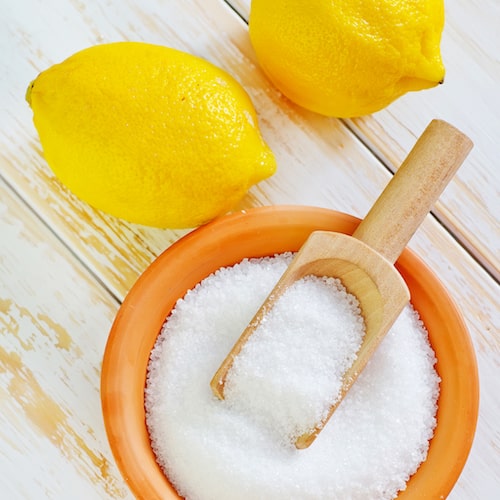Descaling: care and maintenance sous vide stick
Who doesn’t know that, limescale build up on taps and household appliances such as kettles and coffee machines. In areas with hard water, these unsightly deposits can develop rapidly. This can sometimes lead to very long operating times, especially with sous vide cooking, due to the equipment‘s calcification, as it is refilled with water during the cooking times and the limescale build up increases considerably.
Over time, more and more limescale accumulates particularly on the heating element and the sensors and in the worst case, it can cause faults in the device.

Tips: Descale the sous-vide stick properly
With these tips you can keep the problem under control effortlessly:
- For shorter cooking times, it is advisable to add some commercial citric acid to the water after cooking and let the SOUSMATIC run at 75 ° C for 15 to 20 minutes. Then remove the protective cover and rinse everything with clear water – done!
- If you are cooking ingredients in the vacuum bag for several hours in a water bath, simply add some citric acid or vinegar essence to the water. After cooking, add a little bit of citric acid to the water and let the SOUSMATIC continue to run at 75 ° C for about 15 minutes. Finally, rinse everything well.
Environmentally friendly descaling
With these tips, you can easily manage the problem with limescale. We recommend to use pure citric acid in powder or in liquid form. Citric acid is purely biological and does not harm the environment.
If you like get to know more about sous-vide, read: Sous-vide tips


